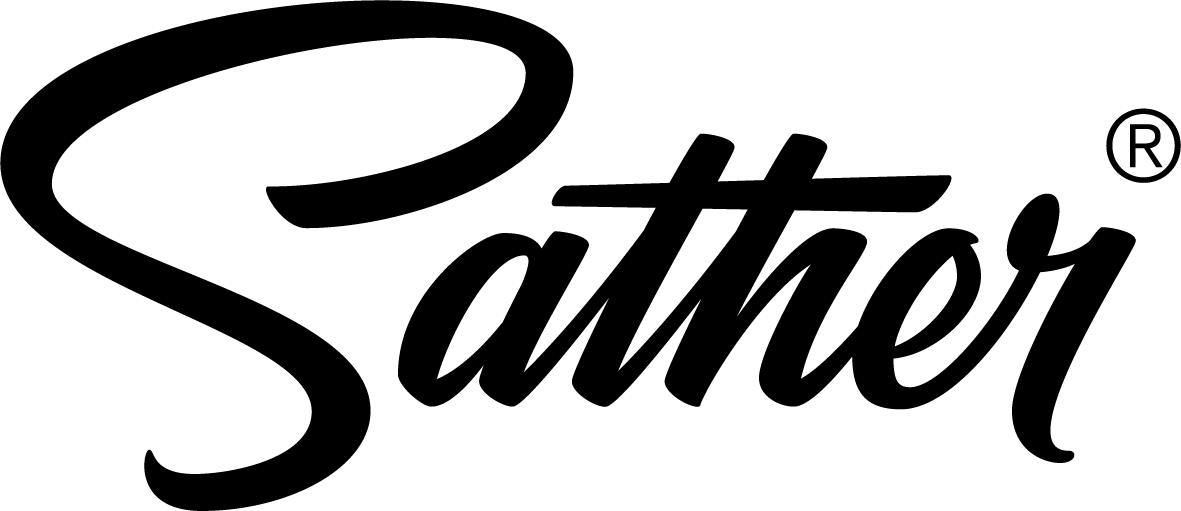The Logo is NOT that Important
What an edgy headline for a designer that claims to specialize in logo design, right?
Well it's the cold, hard truth. And any brand designer worth their salt knows it.
To the client, the logo is everything. It's the alpha and the omega. The beginning and the end of their new brand. The logo is the flashiest, sexiest toy in their new identity kit and they want to shove it everyone's faces at every opportunity they get. "Who needs clear space when we finally have a "BRAND" to start showing off!" yells the ecstatic CEO. But the logo isn't the most important thing to a company, or at least it shouldn't be. What's truly important to them is their reputation with their audience. The care and pride with which they create their products. It's the thoughtful consideration with which they solve problems. And yet the logo, typically the first element tackled in the brand design process, is immediately demanded to shoulder the entire weight of an organization's qualities, identity, and ambitions. In reality, the logo can do very little to reflect those complex intentions to someone that has not already experienced those values.
What about this logo is inherently "sugary carbonated beverage"?
Some have said that the logo is "The cover of the book that is your brand story," or "the logo is the 'face' of your brand." The latter of which I've almost come to agree with when we drop the original sentiment of the expression and consider the anthropomorphism of brands (the original sentiment implying that someone's face is the first and most memorable aspect of a person that you might meet for the first time.) Let me set the table for this argument with a downright silly rhetorical question.
Have you ever given a stranger a once over and immediately come to the confident conclusion that they were a licensed dolphin therapist? Yes it's a thing, and no you have not. Because there is no combination of facial features that imply "i'm a licensed dolphin therapist" over any others. The logo faces (heh) a similar dilemma, in the fact that it's subtleties are not supposed to describe all of the organization's offerings and intentions—that is what branding as a whole seeks to accomplish. I postulate that the purpose of the logo has been inflated by massive brands uniquely capable of leveraging it. Instead, I believe many companies could benefit from designing their logo LAST and treating it more like a Medieval seal or unique signature of legitimacy.
Which is why I say that the logo design is not that important. Because how much bearing does your signature have over your life? How often do you even use your signature? Sure it has identifying features and is inextricably tied to our identities, but it's design has never swayed my decision to wear an outfit over another. To continue to anthropomorphize brands, the logo, like the rest of the brand elements, would be most comparable to an article of clothing. An unchanging article, like a ring(with a seal on it) that goes with the rest of the brand wardrobe. You're probably starting to get where I'm going with this, but you wouldn't build an entire wardrobe around a ring, as magnificent and as carefully as it was forged.
Finding consistency and predictability between these opportunities to craft a recognizable, familiar, and LIKABLE brand fit for a wide variety of occupations is what branding and brand design is all about.
So why does the logo get all of this attention at the beginning of a branding project when we would never rely on the aesthetic of our "PRECIOUS" ring to determine the garb needed to go about the day's tasks. Rather, we should be looking at the activities and needs of the brand as early as possible. What colors, materials, and patterns does our brand WANT to wear? Where are they going? Who are they interacting with? How late will they be out?"
Finding consistency and predictability between these opportunities to craft a recognizable, familiar, and LIKABLE brand fit for a wide variety of occupations is what branding and brand design is all about.
While there are many valid approaches to visual identity creation, at Sather Design Co. we believe it is counter-intuitive to begin brand development with the logo. In fact, we'd prefer logo development came last in the identity creation process.
We seek to discover what a brand is all about by diving in to the middle of the interactions defining companies every day. "How do you handle adversity?" "Why do you enjoy what you do?" "Where do your ambitions lie?" If colors, patterns, and shapes are capable of telling stories, representing values and eliciting emotions, what combination of colors and patterns should we utilize to reflect those desired values and emotions? What kinds of experience do we want to share with our audiences at our touch-points? When we hand a client one of our business cards, do we want to impress them with the premium nature of our service, or surprise them with an ecologically-conscious solution? Should our website be exciting and adventurous, or reserved yet inviting? Why?
Consideration for the brand's collateral coupled with these types of insights are what what enlighten our understanding of the organization and our opportunities to characterize it. At the end of the day, prioritizing logo design can result in a situation where the designer has limited access to new graphic elements when creating tactics for print and digital spaces. On the opposite end of the spectrum, solving for the brand's tactical executions first allows the designer to create a logo that is more naturally symbolic of the entire brand.





